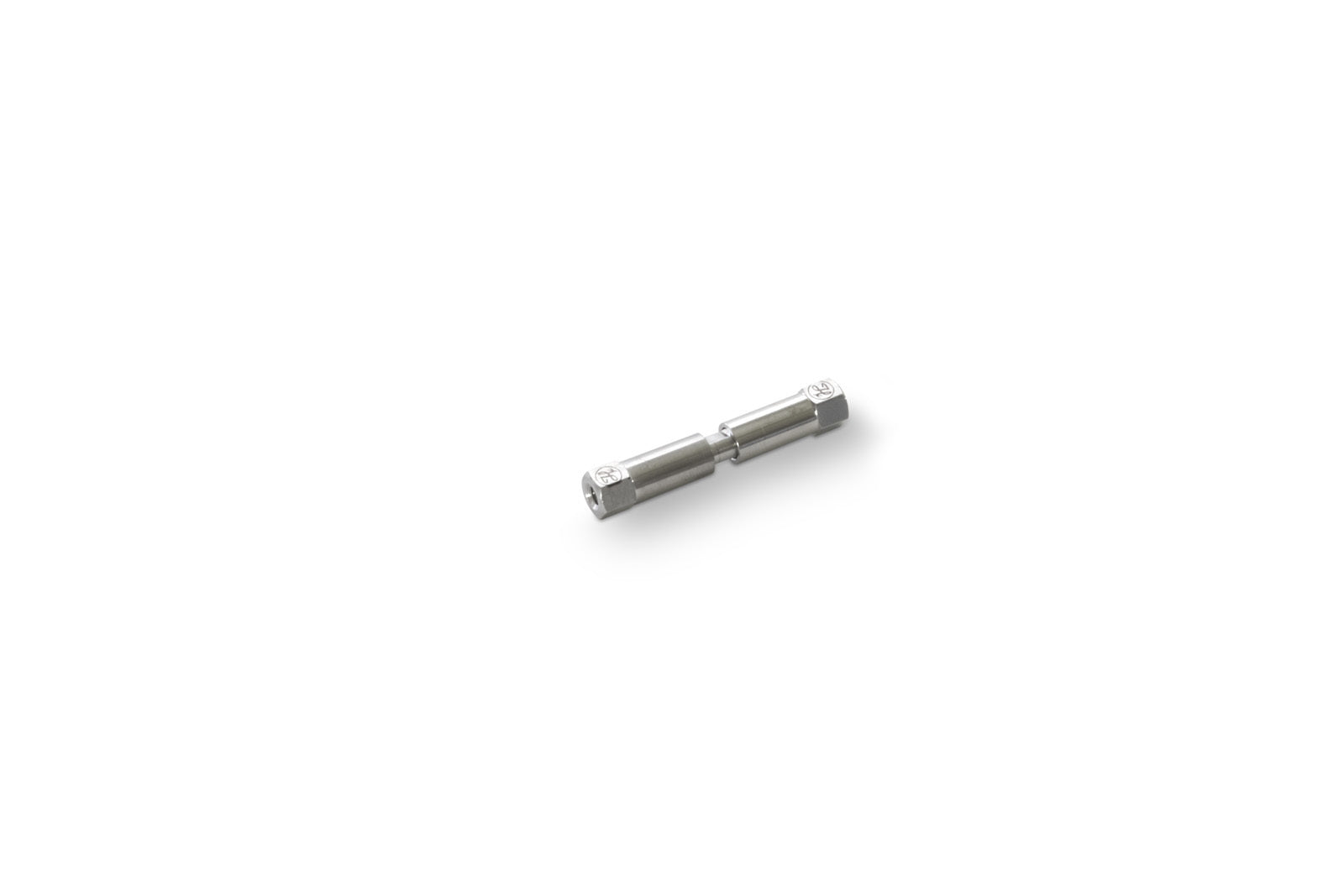Description
Isocratic separation of mono- and divalent cations, metals, and transition metals.
Application Examples: Lithium, sodium, ammonium, potassium, magnesium, and calcium.
PRP-X800 Overview
The PRP-X800 is a polymeric cation exchange column functionalized with itaconic acid that performs the isocratic separation of monoand divalent cations such as lithium, sodium, ammonium, potassium, magnesium, and calcium. The column offers excellent durability, is stable to any concentration organic solvent, and enables dynamic control of exchange capacity. Detection is via conductivity or indirect UV, depending on the mobile phase.
Cation Exchange
In cation exchange chromatography, the stationary bed has an ionically negative (-) charged surface while the sample ions are of positive (+) charge. This technique is used almost exclusively with ionic or ionizable samples. The stronger the positive (+) charge on the sample, the stronger it will be attracted to the negative charge on the stationary phase, and thus the longer it will take to elute. The mobile phase is an aqueous buffer, where both pH and ionic strength are used to control elution time. Ion chromatography can employ harsh conditions requiring mobile phases that are at very high pH limits (> 11). Temperatures well above the normal operating conditions where silica materials fail can also be used.
Cation Exchange Capacity
Ion exchange capacity is a measurement of the number of positive charges (cations) that the exchange resin can bind to and is reported in singly charged ion equivalents per 1 gram of resin. Exchange capacity is dependent upon the pH of the mobile phase and in cation exchange chromatography; as mobile phase acidity decreases (pH increases), the exchange capacity increases.

